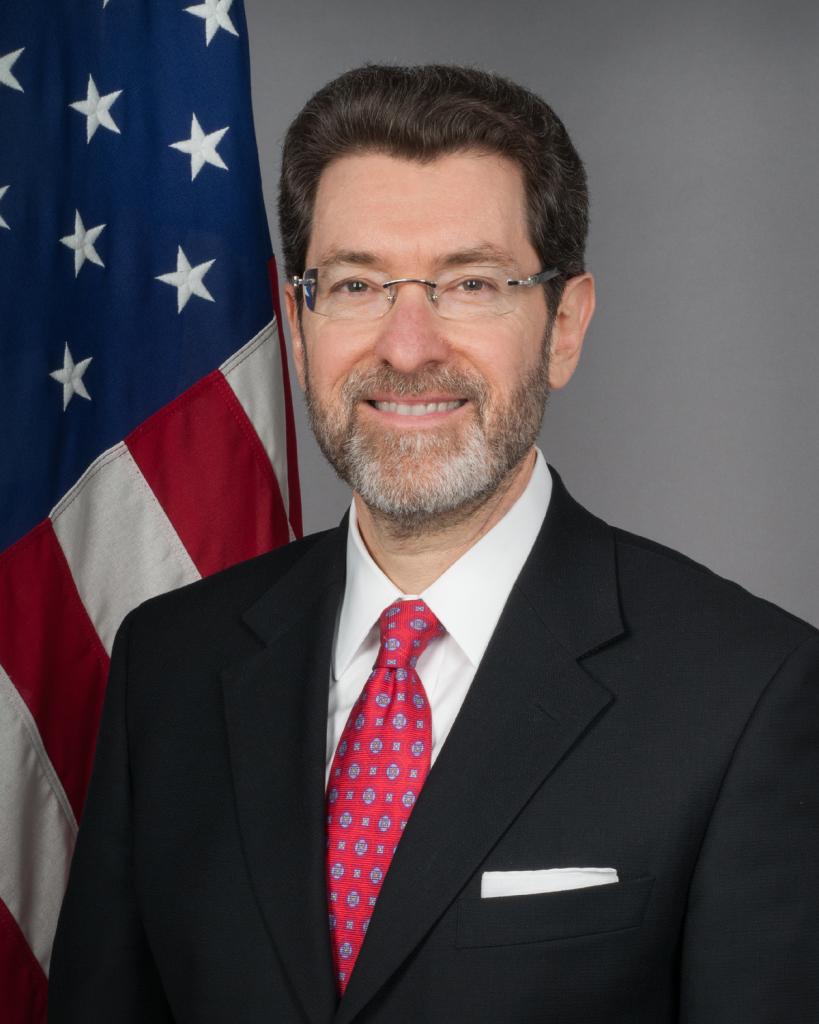A Response to Lawfare's Comments on Our Obstruction Report
On Tuesday, Emma Kohse and Benjamin Wittes published their incisive comments on our Brookings Report, entitled “Presidential Obstruction of Justice: The Case of Donald J. Trump.” Kohse and Wittes note many points of agreement with our report, but they also write:
Published by The Lawfare Institute
in Cooperation With

On Tuesday, Emma Kohse and Benjamin Wittes published their incisive comments on our Brookings Report, entitled “Presidential Obstruction of Justice: The Case of Donald J. Trump.” Kohse and Wittes note many points of agreement with our report, but they also write:
[W]e are at least a little less confident than the authors of this report seem to be that an obstruction charge against the President is plausible based on available evidence. . . . We are both less confident than the authors as to whether obstruction in fact took place and very uncertain as to whether a criminal case is a likely outcome even if it did.
Kohse and Wittes provide four reasons for being “cautious about assessing the probability that this case will or should end in an obstruction charge—or even that the President’s conduct ran afoul of the obstruction laws as a factual matter.” As they very fairly note, our paper was not predicting what the Special Counsel will actually do, just assessing the state of the evidence (with all its imperfections) in light of applicable law. But the issues the authors raise are important, and we will address each in turn, explaining our differences.
The first of the authors’ reasons (which as they recognize, we also repeatedly acknowledge in our report): not all of the facts are in, nor are the facts that have been reported necessarily reliable, provable, and admissible. We would, however, note that the public record is unusual at this stage of the case. Important parts of it are not “anonymous hearsay,” but the on-record words of witnesses to critical events, whether it is President Trump’s statements to the press about his intentions, or former FBI Director James Comey’s testimony to Congress about his and Trump’s conversations.
The authors’ second point is that there is insufficient evidence to establish the “proceeding” requirement of a case under the federal obstruction statutes. Like Kohse and Wittes, we acknowledge that more evidence will be necessary to state definitively whether a case against President Trump satisfies the “proceeding” requirement under 18 U.S.C. §§ 1503, 1505, and 1512. For instance, at page 55 of our report, we explain that “[t]he argument that a future proceeding was ‘reasonably foreseeable’ to President Trump depends, in part, on facts to be determined by ongoing investigations.”
Nonetheless, after decades (collectively) spent litigating these questions, we think that Kohse and Wittes take too narrow a view of reasonable foreseeability. An example is the authors’ discussion of U.S. v. Martinez. In that case, a grand jury proceeding was deemed to be reasonably proximate and foreseeable at the time of the officer’s obstructive acts. Kohse and Wittes attempt to distinguish this case by arguing that a police officer is better placed to foresee a grand jury proceeding than a president because of his direct experience with law enforcement. According to Kohse and Wittes, President Trump is different than the police officer because he has “evinced no familiarity with the procedures of unfolding investigations,” and “[i]t seems unlikely that participating in misconduct related to an investigation will always make future judicial proceedings foreseeable to all defendants.” (We discuss our view of reasonable foreseeability at greater length at pp 52 to 64 of our paper.)
But that argument is too sensitive to the particular facts in Martinez. The Court was pointing to particular facts in the record demonstrating why a proceeding would have been foreseeable to that particular defendant, but it was not suggesting that the government must demonstrate personal exposure to grand jury proceedings in every case. And in any event, there may be facts relating to President Trump’s unique position as president—such as regular briefings he received about law enforcement matters or specific discussions he had about former National Security Adviser Michael Flynn—that also satisfy the foreseeability requirement. Nor is President Trump a novice when it comes to the operations of the legal system. Again, we don’t know all of the pertinent facts, but as we discuss in our report, we think that there is already substantial evidence in the public record that—certainly by the time President Trump fired Comey—his obstructive acts would have had a nexus to ongoing or foreseeable grand jury or congressional proceedings.
Third, Kohse and Wittes argue that the available evidence regarding President’s Trump’s intent is ambiguous, and that Special Counsel Mueller is unlikely to bring a case against the president unless that evidence is “overwhelmingly compelling.” We agree with Kohse and Wittes that the president’s state of mind should be the subject of further factual development and that the special counsel would have to consider innocent interpretations of the president’s statements, and we said as much in our paper. We also agree that Special Counsel Mueller will not likely act without a strong case. Nonetheless, as we explain in our report, the case that the president acted with an improper, and therefore corrupt, intent is not based on one or two fleeting statements; as we show, there is in fact a lengthy record of conduct and statements that support our findings. For that reason, we are comfortable asserting that there is a real possibility that President Trump acted with a corrupt intent—especially if he interfered with an investigation to benefit himself, his family, or his top aides.
Moreover, as we demonstrate in the paper, the president cannot defend himself simply by arguing that one of his motives for engaging in obstructive conduct was innocent. The law does not require the government to prove that obstruction was the defendant’s sole or even primary purpose. And while a prosecutor might certainly be disinclined to bring a case against the president – and a Court might be disinclined to allow it to proceed –without rock-solid evidence of improper intent, we hardly think it unfair to begin with the presumption that our criminal law would be applied in the same manner to the president as it does to any other citizen.
Fourth and finally, Kohse and Wittes contend that some evidence—such as President Trump’s May 12 tweet suggesting that James Comey “better hope there are no ‘tapes’” of their conversations—could prove exculpatory rather than incriminatory because they reflect President Trump’s intent to keep Comey honest. We agree—but we note that President Trump’s tweet would not be scrutinized in a vacuum, but rather as part of a pattern of conduct that appears on its face to have been obstructive. In our view, President Trump’s involvement in his son’s misleading statement about the June 9, 2016 meeting at Trump Tower is a crucial piece of evidence because it bolsters the case that President Trump has been acting with an improper purpose to protect his family, administration officials, and associates. Furthermore, it is crucial to recognize that this last critique by Kohse and Wittes only applies to a case brought under 18 U.S.C. 1512(b) for harassing or intimidating a witness. At least based on the facts as we know them now, that case isn’t as strong as a case under the other three obstruction provisions.
These points of disagreement are technical, and Kohse and Wittes are right that they are not mere technicalities. They could very well prove the difference between Special Counsel Mueller’s decision to indict (or refer a case to Congress) or not. But as the authors point out, we are not predicting what will happen. We might suggest that the same caution should apply to predicting what likely will not happen. At any rate, our points of agreement with the authors are probably more important than our points of disagreement: investigation of obstruction and conspiracy to obstruct is reasonable, Trump’s conduct heightens those concerns, and the more common objections to the investigation lack merit. We also welcome their critique as a way of sharpening public understanding of these issues, and hope more smart, hard questions about our paper will be forthcoming.




.jpg?sfvrsn=f557f72a_4)

